The Lantern Ritual: A Symbol of Light for Every Ceremony
Often used to protect the flame from the wind during the well-known ‘Rite of Light,’ the lantern is actually a symbol rich with meanings that cross centuries and cultures. From a simple protective object, it can become the true heart of a ceremony — a protagonist capable of adapting to any kind of celebration: from a Welcome-to-the-World ceremony to a wedding, a vow renewal, or even a memorial or funeral.
The Lantern and Its Symbolism in the Human Imagination
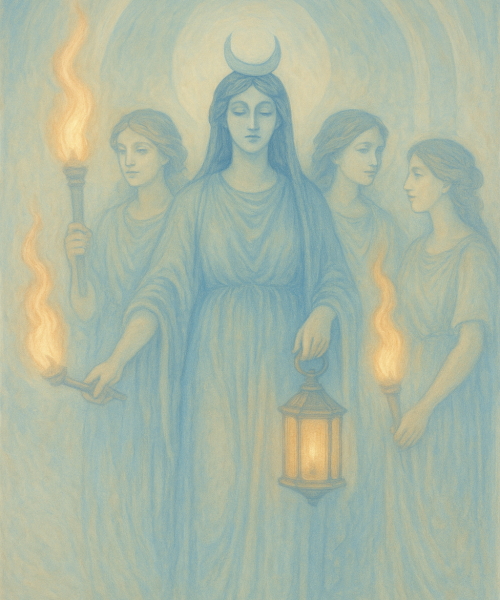
The lantern is a simple object, yet in legends, myths, and fairy tales it carries extraordinary symbolic power. It’s never just a container of light: it’s a guide, a revelation, a keeper of mysteries. In ancient tales, it accompanies heroes on their journeys, illuminating the path through the shadows — representing knowledge triumphing over ignorance or fear.
- In ancient Greece, the goddess Hecate — lady of the night and magic — is closely linked to the light of torches and lanterns that guide souls through dark and mysterious places. Her companions, the Lampades nymphs, carried their own torches into the underworld, their lights accompanying souls through the darkness.
- In Chinese culture, the lantern has a ritual, celebratory, and spiritual value. With a history of over two thousand years dating back to the Han dynasty, the lantern is at the heart of the famous Lantern Festival, where light becomes a symbol of wisdom, prosperity, peace, and inner illumination. The sky lanterns floating upward represent letting go of burdens and sending wishes of new hope.
- In Japan, tōrō — stone lanterns introduced with Buddhism — embody spiritual light and the connection between earth and heaven, symbolizing the path toward enlightenment. Placed in temples or gardens, they evoke harmony, silence, and sacred presence. They invite contemplation and inner peace.
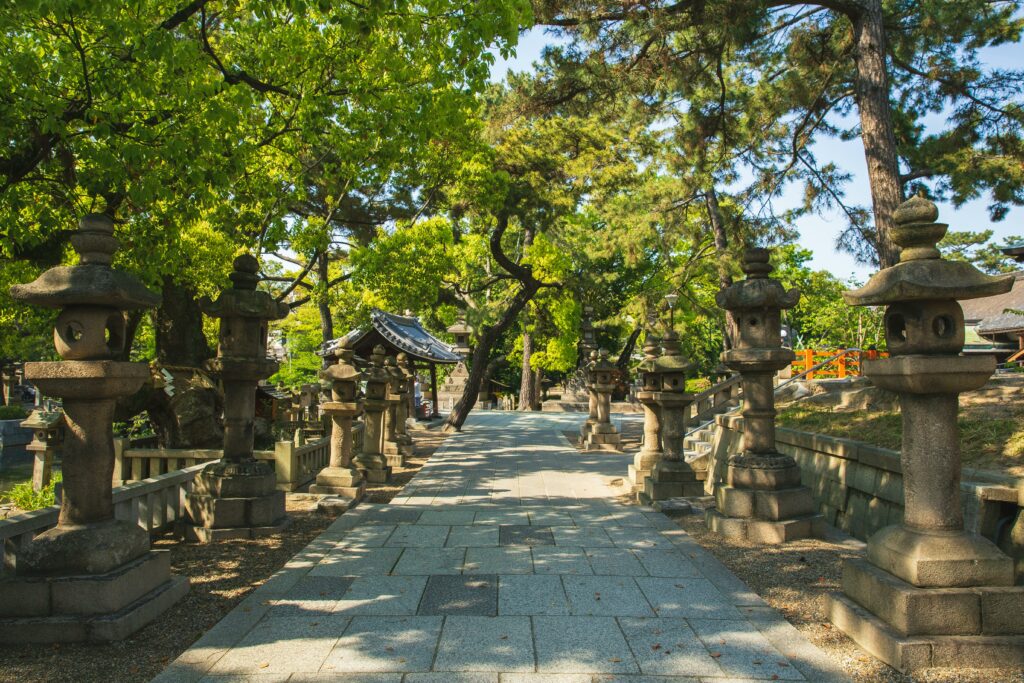
Jack O’Lantern
No article about lanterns would be complete without mentioning the mythical carved pumpkins of Halloween. According to legend, Stingy Jack was a cunning trickster who fooled the devil himself, only to be condemned to wander the darkness with a lantern carved from a turnip, its flame a burning coal gifted by the devil.
From this tale comes the tradition of carving grotesque faces into turnips or root vegetables, placing candles inside to ward off evil spirits during Samhain — the ancient festival marking the night before All Saints’ Day. When Irish immigrants brought this custom to America, pumpkins took the place of turnips — easier to carve, and abundant in the New World.
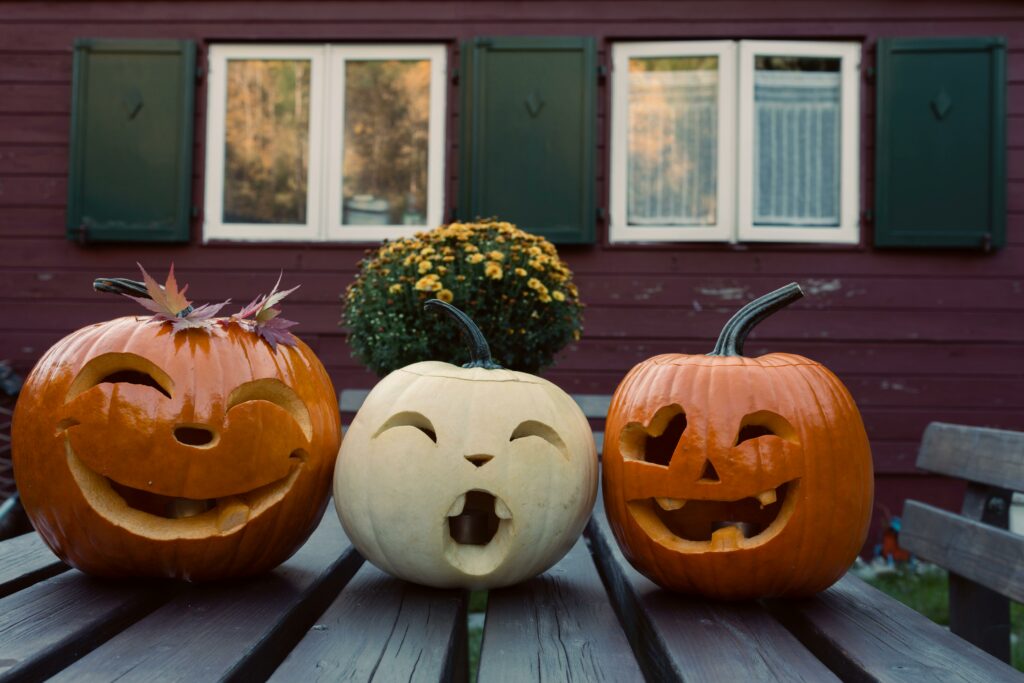
The Lantern in Fables and Fairy Tales
In fairy tales, the lantern is often a magical object that lights the way when everything else is dark — a symbol of courage in facing the unknown and the reassurance found in inner or outer light. It also represents human warmth, friendship, and spiritual guidance in the darkest moments of a story. Often, it protects the hero and helps them overcome challenges and fears.
- In Russian tales, a glowing or magical object often guides the hero — sometimes it’s not a lantern but a shining stone, an unquenchable candle, or a torch given by the wise witch Baba Yaga, a figure as fearsome as she is insightful.
- In the Arabian tale of Aladdin, later included in *One Thousand and One Nights*, the lamp — humble and dusty — hides within it a powerful genie. It’s the perfect image of the hidden potential within every human being, the strength that sleeps inside until something awakens it. Aladdin’s lamp is also a symbol of imagination: the human power to give form to dreams.
- In the Italian tale *Minù’s Magic Lantern*, the little squirrel Minù carries a lantern that can free the forest from snow and cold, restoring its colors and life — a symbol of warmth, hope, and renewal.
- Another Italian story, *The Magic Lantern* (a Bergamasque fairy tale collected by Antonio Tiraboschi), centers around a lantern that guides, protects, and performs small miracles.
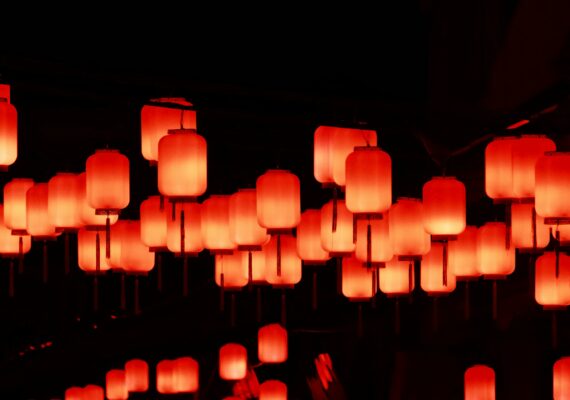
In Philosophy
Diogenes the Cynic
Perhaps one of the most powerful and memorable images: Diogenes of Sinope, the Cynic philosopher of ancient Greece, walking through Athens in broad daylight carrying a lit lantern. When asked what he was doing, he answered: ‘I am looking for a man.’ Not just any man — but an honest, authentic one, free from hypocrisy and social lies. His gesture was deeply provocative: why search for light when the sun already shines? Because true darkness, he implied, is not the absence of sunlight but the absence of truth.
Nietzsche
The lantern also appears in one of Nietzsche’s most striking images: the ‘madman with the lantern‘ in *The Gay Science*. In the middle of the day, a man lights a lantern and runs through the marketplace shouting: ‘I seek God! I seek God!’ The crowd laughs at him, but the madman stops and declares: ‘God is dead! And we have killed him!’ Here, the lantern symbolizes the desperate search for meaning and values in a world where divine certainty has vanished — a light that burns even when the day is bright, because it seeks something deeper than visibility.
The Lantern Ritual in Secular Ceremonies with a Celebrant

Though it recalls the more familiar ‘Rite of Light,’ the Lantern Ritual renews and deepens it, offering a more intimate, versatile way to honor connection, memory, and new beginnings. Within the lantern, the flame takes on shifting meanings: it can represent home, the living memory of a loved one, or the guiding light of a new path.
In a Welcome-to-the-World Ceremony
During the ceremony, each parent holds a candle, and together they light a third candle protected within a lantern — symbolizing the home and family. As little travelers in the world, children will carry that loving light within them, a gentle guide until they are strong enough to walk with their own flame.
In a Wedding Ceremony
Just like in the Rite of Light, the couple lights a single candle within the lantern. Their individual flames — their distinct personalities — unite into one shared light, symbolizing the home that will protect and nurture their love. From that moment on, the lantern becomes their guide, their anchor, and a promise of a shared journey.
In a Vow Renewal Ceremony
Here, the lit lantern represents the flame that never went out — the light that has endured time and storms. It’s a living testimony to love that has crossed seasons and continues to shine. If there are children or grandchildren present, it’s beautiful to pass the lantern hand to hand, symbolizing the transmission of love and family continuity through generations.
In Funerals and Memorials
In this context, the light shining inside the lantern represents the luminous presence of someone who is no longer with us. It’s a symbol of remembrance — a flame that doesn’t fade but is kept alive in the hearts of those who remain. It’s the immaterial legacy that continues to glow across time.
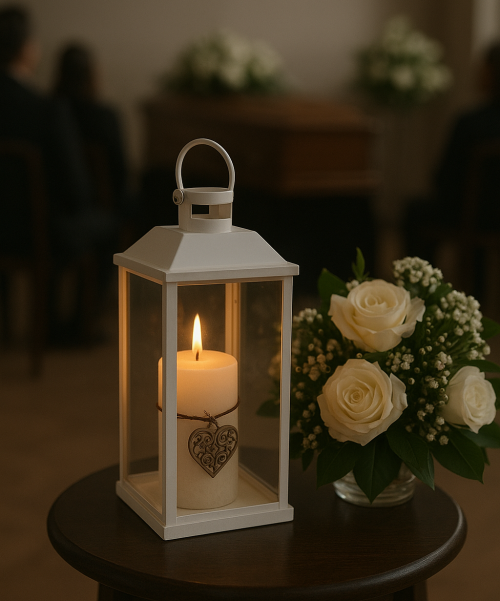
The lantern is such a versatile element that it can be adapted to any kind of ceremony. Talk with your celebrant, and if it speaks to you, create your own personal way to live the Lantern Ritual — letting its light tell your story.



